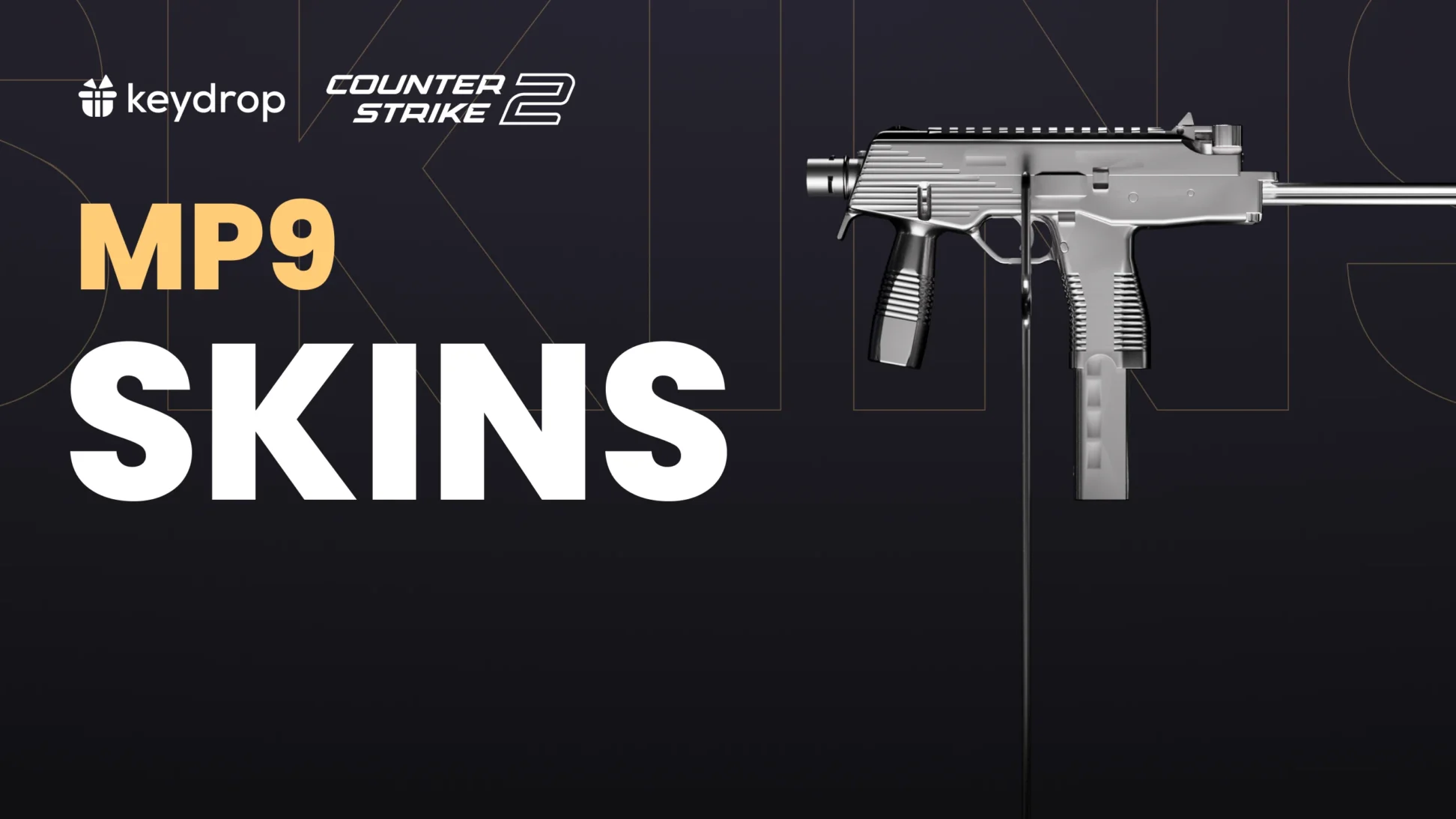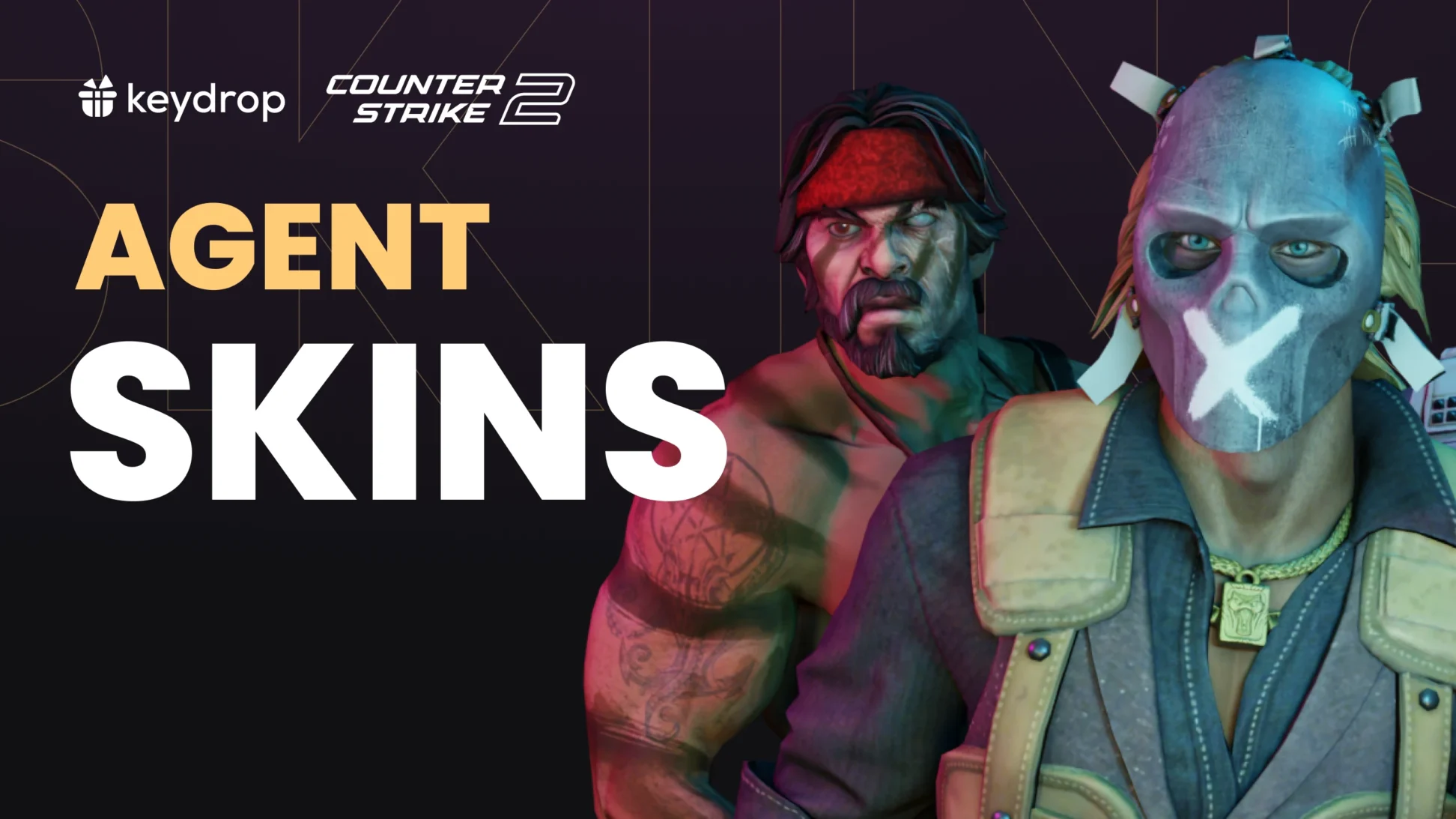When playing CS2, you might notice some people referring to roles like “entry-fragger”, “lurker”, and the most obvious one, “AWPer”. In this article, we’ll take a closer look at CS2 roles and positions in which you can specialize, as well as their importance in PUG settings and in team setups. Let’s get started!
Contents
What Are the Roles in CS2?
If you google the topic, the internet will tell you that there are five primary roles on a team: the In-Game Leader, the AWPer, the Rifler, the Support and the Lurker. We… don’t quite agree, as we feel that they’re more like archetypes, and dividing them this way isn’t quite accurate in 2024. However, let’s still take a look at what they’re said to do.
AWPer
Probably the most well-known role in CS2 is that of the AWPer, or the Sniper. (The term AWPer even appears in the Urban Dictionary.) It’s pretty self-explanatory. This player is usually the first to grab the sniper rifle whenever it’s available, specializes in point-and-click adventures.
On CT-sides, you’ll often see one of the other players picking up a secondary AWP for some rounds, and on some teams, the AWPers even rotate depending on their proficiency at sniping on a given map. Most AWPers like Aleksandr “s1mple” Kostyliev and Mathieu “ZywOo” Herbaut are also the team’s best or second-best rifler, often creating a “Hybrid” or “Superstar” role in the process.
If you fancy yourself an AWPer, check out our list of the best AWP skins in CS2, by the way.
Lurker
The Lurker is a T-side only role that focuses on playing on the fringes of the team’s set up, causing distractions around the map and finding openings through the titular lurk, a slow and steady style, looking for an opening. Some great Lurker examples are Robin “ropz” Kool or Janusz “Snax” Pogorzelski.
Anchor
The CT answer to the Lurker, an Anchor plays on the “weaker” site (B-sites on most maps) and knows how to survive while holding a bombsite against all odds. Great at using utility, and at holding angles, and versatile with various weapons, this role requires patience, decent mechanics, and even more patience.
Entry-Fragger
Another mostly T-Sided role, although an aggressive CT player may be considered to be an Entry-Fragger as well. Essentially, this player is tasked with pushing the tempo, getting the first contact and allowing others to follow him. Entry-Fragges die. They die a lot, as they are often times a sacrificial lamb that allows the rifler to trade. However, some like Mareks “YEKINDAR” Gaļinskis and İsmailсan “XANTARES” Dörtkardeş have managed to really make an impact in the role.
Rifler
While everyone’s a Rifler at times, this role usually describes the absolute best mechanical player on the team. Think Nikola “NiKo” Kovac or David “frozen” Čerňanský. Beasts that create openings with their incredible aim and skills. Riflers often get the spoils from the entry fraggers work, as they come in to trade. Of course, these guys can pick up AWPs and become the dreaded hybrids!
Support
You know the guys who know all the utility and can set up plays? These guys, like Andreas “Xyp9x” Højsleth or Patrick “es3tag” Hansen make CS a much easier game for the rest of their team. These guys are also often anchors on CT, making them the ultimate team players.
In-Game Leader
The IGL is the cornerstone of any organized CS team, they’re responsible for calling strategies, positioning other players and making mid-round adjustments. Here’s the thing, though: over the last few years, IGLs have also taken other roles. Dzhami “Jame” Ali and Chris “ChrisJ” de Jong have both played as a AWPers while IGLing, Faze’s Finn “karrigan” Andersen acts as an entry-fragger and most other IGLs play as Support players. The only real role that doesn’t suit the IGL role is Lurker, although putting the tag on a superstar Rifler is also questionable.
How Do You Fit In?
Alright, so you have the basics. But if you watch any CS2, you know that these roles aren’t constant. That’s why we call them archetypes, they’re the types of players you have in your team, and a good mix is required to create a functioning team. So, if you’re looking to create a competitive 5 stack, you might want to have players that fit those molds. However, in PUGs, the roles are very limited, and dependent on your skills.
The best way to ensure success is to either be a jack-of-all-trades or a specialist in an unpopular role like Support or Anchoring. If you ever entered a PUG on Mirage and saw that your team lost B every single time, that’s because most players actually prefer playing A, meaning whoever pulls the shortest straw often doesn’t know how to play B. If you anchor it, you’ll likely help your team win on CT, while being able to throw universal utility will help you on T-side.
However, don’t think that you’ll be able to force players into roles, like in Overwatch. CS doesn’t work that way. If you find a group that synergizes well, keep playing with them and create a well-oiled machine. But if you’re just pugging, and your entry fragger decides to lurk… Don’t stress.
So, what’s your take on CS2 roles? Do you believe CS2 has more roles than those listed above? Let us know on social media, and if you ever need to get some new skins, open some cases on Key-Drop!


